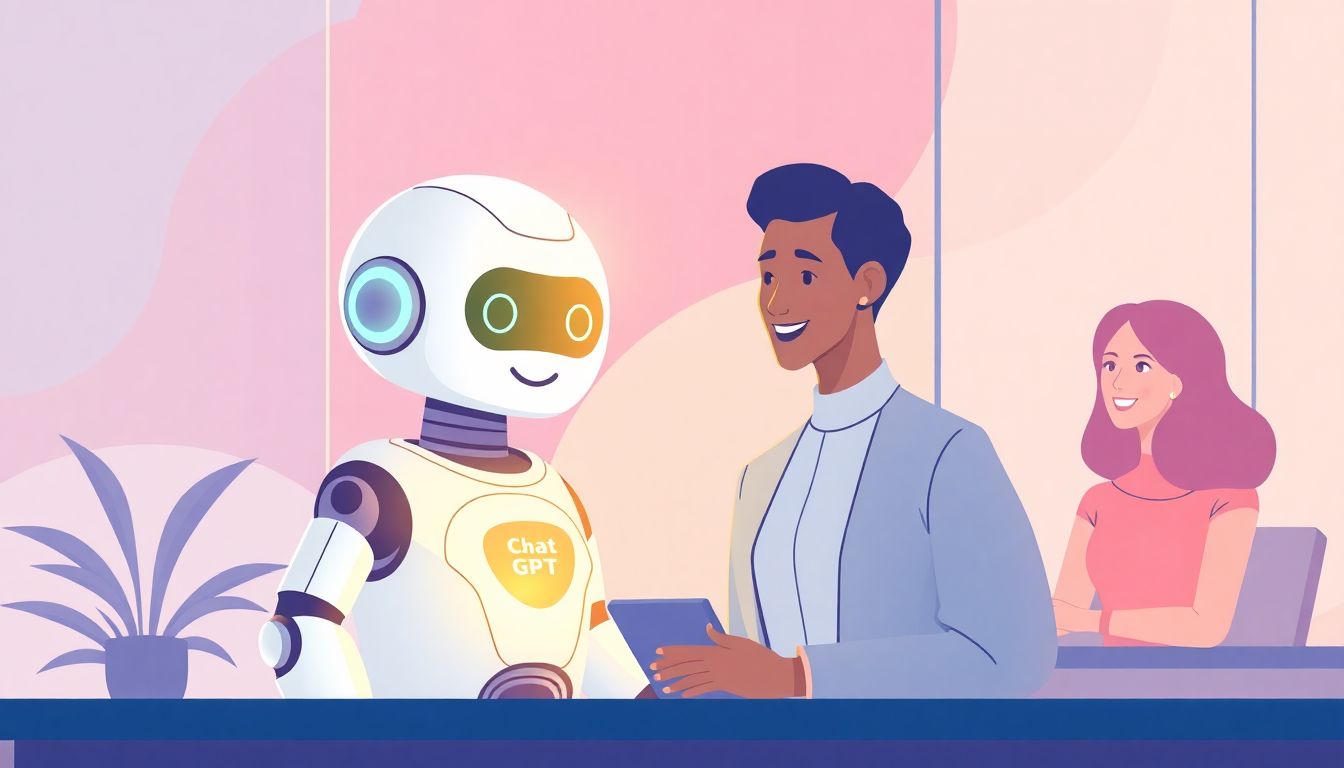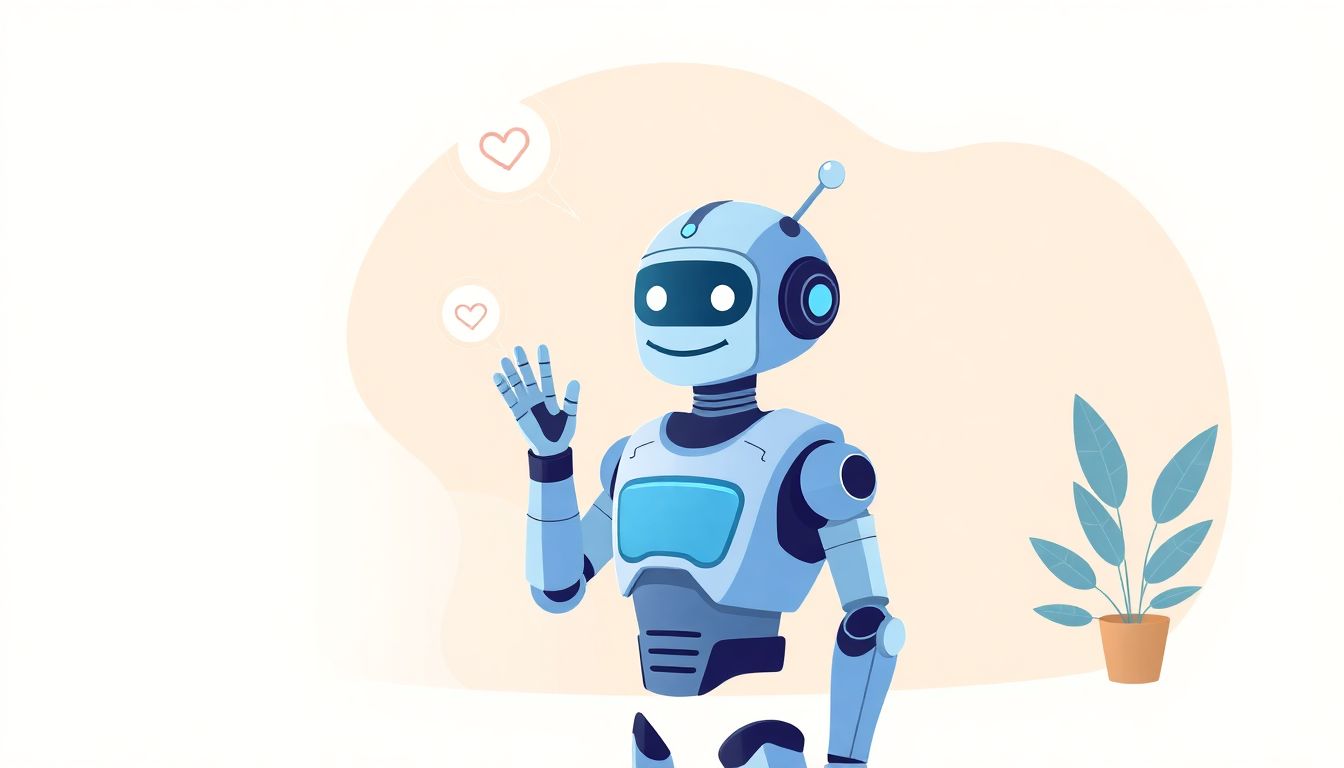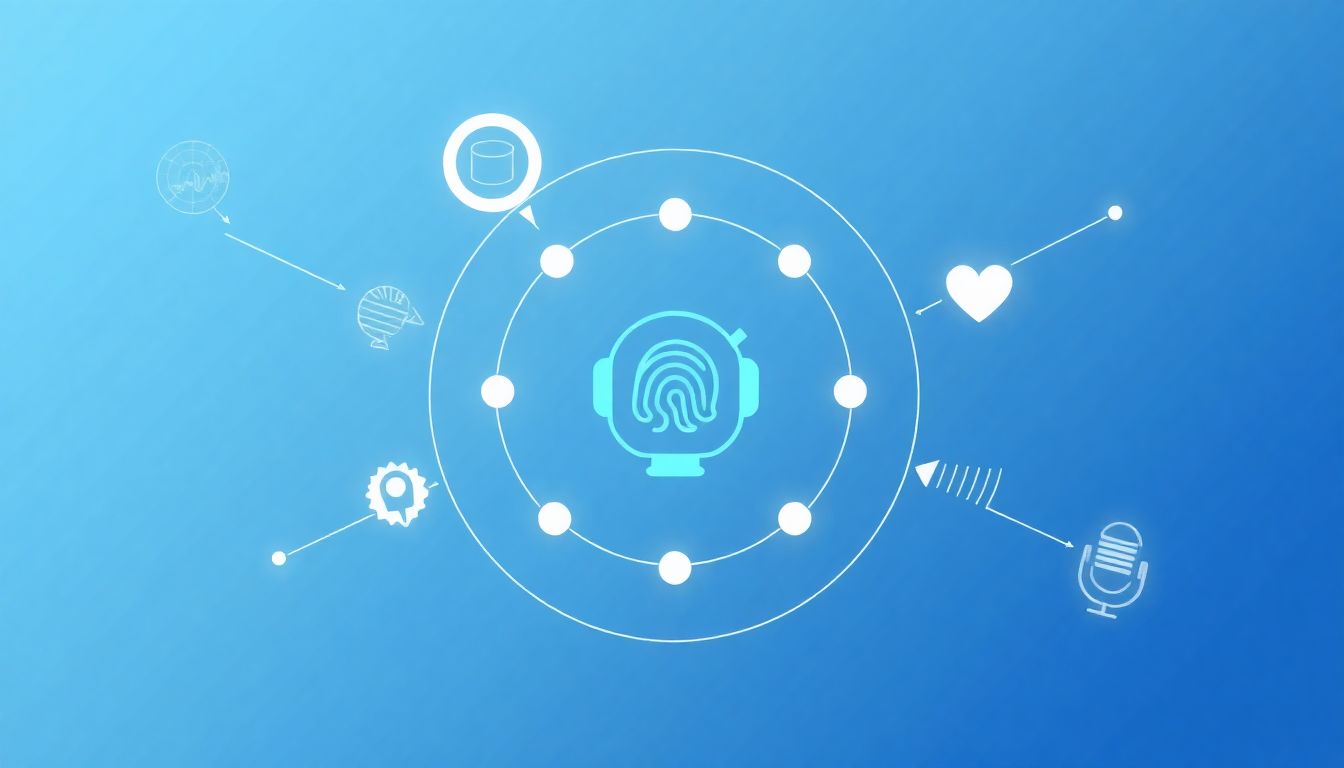If you’ve ever felt frustrated by slow customer service or generic responses, you’re not alone. Many of us have experienced those long wait times and impersonal interactions that leave us feeling unheard. It’s a common struggle, and let’s be honest, we deserve better.
But what if I told you there’s a game-changer out there—ChatGPT? Stick around, and I’ll show you how this innovative solution can transform customer experience into something truly delightful. You’ll discover the benefits, best practices, and real-life success stories that can help your business thrive.
We’ll explore how ChatGPT can not only streamline support but also create engaging interactions, tackle challenges, and even peek into the future. Ready to revolutionize your customer service? Let’s dive in!
Key Takeaways
- ChatGPT enhances customer experience by providing personalized, real-time interactions that feel human-like.
- It automates repetitive tasks, allowing support agents to focus on complex inquiries, increasing efficiency.
- ChatGPT operates 24/7, giving consistent support and reducing operational costs for businesses.
- To implement ChatGPT, assess your needs, choose a platform, and train your team on its use.
- Best practices include giving your chatbot a brand-aligned personality and regularly updating its knowledge base.
- Common challenges like misunderstandings and data privacy issues can be managed with clear guidelines and transparency.

How ChatGPT Improves Customer Experience
ChatGPT significantly enhances customer experience by providing personalized, real-time interactions that cater to individual customer needs.
This AI-powered solution streamlines customer service by enabling conversational AI that understands and responds to inquiries effectively.
With natural language processing, ChatGPT can engage customers in a way that feels more human-like, improving their overall satisfaction.
By offering automated responses, businesses can reduce wait times, allowing customers to access information and support without delays.
Additionally, ChatGPT tailors responses based on user behavior, leading to a more engaging customer journey and promoting customer loyalty.
Here are some example prompts you can use with ChatGPT to enhance customer interactions:
- “Provide a detailed response to a common customer question about our return policy.”
- “Simulate a conversation for troubleshooting a technical issue with a product.”
- “Generate a personalized greeting and response for a returning customer.”
Benefits of Using ChatGPT for Customer Support
The benefits of using ChatGPT for customer support are numerous and impactful.
First, it automates repetitive tasks, allowing support agents to focus on complex inquiries that require human intervention.
This leads to increased efficiency across support teams, resulting in faster response times and improved customer satisfaction metrics.
With ChatGPT available 24/7, customers receive consistent support at any time, which is crucial for businesses operating in different time zones.
Moreover, using ChatGPT reduces operational costs by minimizing the need for large customer service teams.
Here’s a set of actionable prompts for ChatGPT to enhance customer support:
- “Create a FAQ list based on common customer inquiries in our industry.”
- “Outline a workflow for handling customer complaints more efficiently.”
- “Analyze customer feedback and suggest improvements for our support process.”
How to Implement ChatGPT Solutions in Your Business
Implementing ChatGPT solutions in your business involves several practical steps to ensure effective integration.
Start by assessing your specific needs and how ChatGPT can address them, focusing on areas like customer support, sales, or lead generation.
Next, choose the right platform for deploying ChatGPT, whether it’s through an API or pre-existing chatbot solutions.
Once you’ve selected a platform, work on the technical setup, which includes programming ChatGPT to understand your specific use cases and customer queries.
User training is essential; ensure your team knows how to interact with ChatGPT and how to escalate issues as needed.
Finally, monitor the deployment’s effectiveness and make adjustments based on customer feedback and performance metrics.
Try out these prompts to further streamline your implementation process:
- “Draft a step-by-step guide for our team on integrating ChatGPT into our customer service channels.”
- “Generate a list of potential customer inquiries to fine-tune our ChatGPT training.”
- “Create an onboarding checklist for staff to familiarize them with the ChatGPT interface.”
Real-Life Examples of ChatGPT Enhancing Customer Interactions
There are many real-life examples showcasing how ChatGPT has positively impacted customer interactions across various sectors.
For instance, e-commerce businesses have utilized ChatGPT to provide instant responses to product inquiries, improving customer engagement.
In the travel industry, ChatGPT has been employed to handle booking inquiries and personalized recommendations, enhancing the overall customer experience.
Additionally, companies in the healthcare sector have leveraged ChatGPT to answer patient questions efficiently, allowing healthcare professionals to focus on critical tasks.
These case studies illustrate the versatility of ChatGPT in tailoring responses to meet diverse customer needs.
Here are prompts you can use to brainstorm similar applications:
- “List successful case studies of ChatGPT being used in customer service.”
- “Detail how ChatGPT can assist non-profit organizations in enhancing donor communications.”
- “Explore the benefits of ChatGPT for user experience in the real estate sector.”
For more insights on how ChatGPT can be utilized in different domains, check out our posts on ChatGPT for E-commerce and ChatGPT for Small Businesses.

Best Practices for Using ChatGPT to Engage Customers
To effectively engage customers using ChatGPT, it’s essential to implement best practices that maximize user interactions.
First, ensure your chatbot has a distinct personality that aligns with your brand voice.
This humanizes the interaction and makes customers feel more comfortable conversing with it.
Second, regularly update the bot’s knowledge base with current information and common questions.
This keeps responses relevant and addresses the actual needs of customers.
Utilize feedback mechanisms so users can rate their interactions.
This helps you identify areas for improvement and refine responses over time.
Make sure to provide easy options for customers to escalate issues to human agents when necessary.
This enhances trust and reduces frustration, allowing for smoother transitions.
Additionally, monitor performance metrics to evaluate engagement levels and customer satisfaction.
Using metrics such as response time and resolution rate can guide future adjustments.
Here are some actionable prompts to guide your best practices:
- “Craft a unique persona for our ChatGPT that aligns with our brand values.”
- “Generate a list of common customer inquiries to keep our knowledge base updated.”
- “Create a customer feedback form to evaluate interactions with ChatGPT.”
- “Outline a protocol for escalating unresolved issues to human agents.”
- “Draft a report template to analyze customer satisfaction metrics from ChatGPT interactions.”
Challenges and Solutions When Using ChatGPT for Customer Service
Using ChatGPT for customer service does come with its own set of challenges that businesses need to navigate.
One common hurdle is misunderstanding user queries, leading to irrelevant responses.
This often stems from insufficient training data; continually refining and expanding training sets can help mitigate this problem.
Another challenge is addressing complex customer issues that require human empathy and judgment.
To overcome this, set up clear guidelines for when a conversation should be escalated to a human agent.
Data privacy concerns are also prevalent, especially when dealing with sensitive customer information.
Be transparent with customers about data use practices and ensure compliance with relevant regulations.
Technical glitches or downtimes can disrupt service, so having a backup plan or fallback options in place is crucial.
Consider training customer service representatives to handle situations when ChatGPT fails to provide satisfactory answers.
Here are some prompts to help tackle these challenges:
- “Identify common misunderstandings that customers have when interacting with ChatGPT.”
- “Draft a set of guidelines for escalating interactions that require human intervention.”
- “Create a data privacy statement for customer interactions with our ChatGPT.”
- “Outline a response plan for technical issues faced during ChatGPT interactions.”
- “Generate a training module for staff to handle escalated ChatGPT inquiries.”

Future Trends of ChatGPT in Customer Experience
The future of ChatGPT in enhancing customer experience looks promising, with several key trends expected to shape its development and application.
One major trend is the increasing use of predictive analytics, which allows ChatGPT to anticipate customer needs based on previous interactions.
This can lead to more proactive support, where customers receive helpful information even before they ask for it.
Personalization is also set to become more sophisticated, enabling ChatGPT to tailor recommendations and responses based on individual user preferences and behaviors.
As machine learning continues to evolve, ChatGPT will improve its understanding of context and nuance in customer conversations.
Moreover, the integration of voice recognition capabilities could transform interactions, making it possible for customers to engage with ChatGPT through spoken conversations.
Businesses that stay ahead of these trends will likely see enhanced customer loyalty and satisfaction.
Here are some helpful prompts to explore future applications:
- “Identify potential applications for predictive analytics using ChatGPT in our business model.”
- “Create a strategy for enhancing personalization features within our ChatGPT interactions.”
- “Outline the benefits of incorporating voice recognition into our ChatGPT system.”
- “Draft a roadmap for integrating advanced machine learning techniques with ChatGPT.”
FAQs
ChatGPT enhances customer experience by providing instant support, personalized interactions, and consistent responses. This improves satisfaction and retention rates as customers receive timely and relevant assistance, reducing the need for human intervention.
The core benefits include reduced response times, 24/7 availability, lower operational costs, and the capacity to handle multiple queries simultaneously. This allows businesses to serve more customers effectively while maintaining high service quality.
Challenges include ensuring accurate responses, managing complex queries, and integrating diverse systems. Addressing these may require training, regular updates, and establishing fallback protocols to human agents when necessary.
Best practices include customizing responses based on user data, maintaining a friendly tone, and providing clear escalation pathways. Regularly monitoring interactions also ensures the system evolves based on customer feedback and needs.
